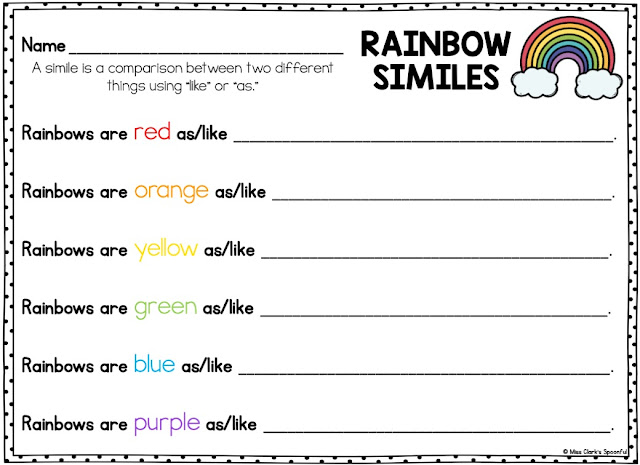An introvert can be emotionally fatigued after spending a lot of time with other people, and enjoys time alone. A shy person may avoid interacting with people altogether due to social anxiety.
2. RECOGNIZE THE IMPORTANCE OF WAIT TIME WHEN IT COMES TO PARTICIPATION.
In my high school English class, we used to have book discussions. We'd all sit in a circle, and talk about the latest chapter of the book we were reading. My teacher had a clipboard and literally "checked" our name off each time we participated in the discussion. What a nightmare!
Needless to say, I contributed pretty meaningless comments during these discussions, just because I wanted to make sure my name was "checked off" for speaking.
Value wait time when it comes to participation. After posing a question, don't necessarily call on the first student that raises their hand. In fact, give it a good ten seconds or so before you call on anyone.
This can feel like a LONG. TIME. So, why do it?
Not only will your students be able to put some thought into their answers, but introverted students will be given the much needed time to gather their thoughts, not feel pressured to just blurt out anything, and be proud of taking a risk to participate.
3. PROMOTE A CULTURE OF MINDFULNESS.
Classrooms are naturally busy spaces. Within the hustle and bustle, try incorporating some quieter spaces that can help minimize sensory overload. A calm down corner, or reading nook is a great idea to provide an alternative space for learning!
Along with alternate spaces, you can sneak mindfulness and calming breathing exercises into your day. Morning Meeting and Closing Circle are ideal times to do this! Try reading books with your students that encourage mindfulness. Quiet by Tomie DePaola is a beautiful story that reminds us that being quiet, still, and present with one another is a very special thing.
4. OFFER MULTIPLE WAYS TO SHARE.
Going with the flow of whole group or small group discussions and seamlessly adding to conversations on a whim doesn't work for all students. Writing can be a creative and calming outlet for introverted students in the classroom. Giving time for introverts to write out a response before sharing can lessen anxiety, and boost confidence + engagement.
We have so many 21st century ways of teaching and learning right at our fingertips. Here is one of my favorite ways to incorporate "Getting to Know You" at the beginning of the school year that reaches all students!
You can start the year off right by fostering a strong classroom community! Celebrate each student's unique identity, and honor both introverted and extroverted personalities.

































